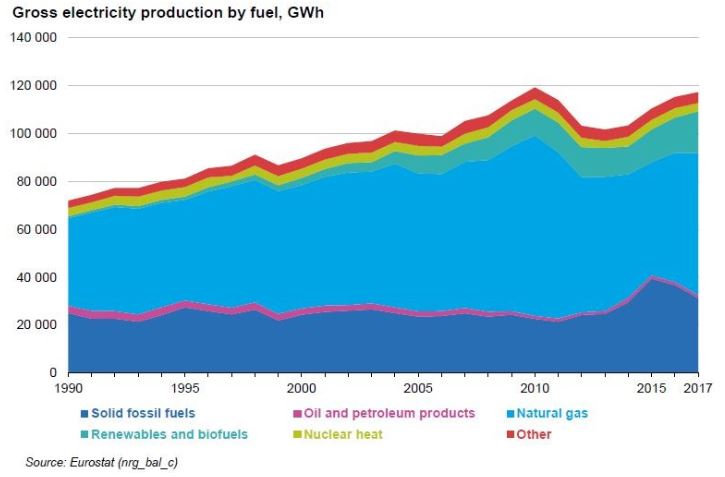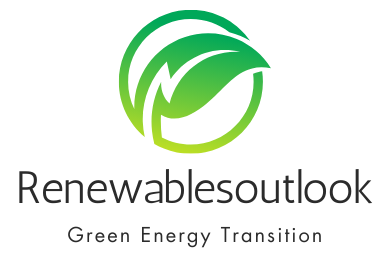The ongoing COVID-19 pandemic has also impacted energy sector like many other economic sectors and infrastructures. For instance, in the United Kingdom where electricity producers were paid to lower their production (due to low demand) and historical negative oil prices in the USA. This pandemic has made us realize that there is always some degree of uncertainty that need to be taken into consideration when going beyond this pandemic. Having COVID-19 energy scenario in the background, in the light of pre-COVID energy scenario and energy trends this article covers briefly a possible way forward for countries and relevant private sector. The hydrogen appears to be a potential candidate (medium to long term), while natural gas (short to medium term) can provide a reliable and immediate transition.
Prior to pandemic there was a hot debate about energy sector and its contribution towards achieving Paris agreement (entered into force 2016) goals. The Paris Agreement central aim is to strengthen the global response to the threat of climate change by keeping a global temperature rise this century well below 2 degrees Celsius. After Paris agreement, the European Union (EU) has set a new long-term strategy to be carbon neutral by 2050, by revising its energy policy in 2019. The EU Member states need to reach a target of at-least 32% of renewables in the energy mix by 2030. However, the situation varies across EU Member States. Therefore, it make more sense to compare the data of Member states rather than EU as single entity since different political and social factors are involved at state level. Hence, examples of Germany and Netherlands are provided below.

The above chart shows that Germany has already significantly increased renewables into the energy mix over the last decade. However, with the phase out of Nuclear by 2020, Germany need to increase reliable energy source into the mix to ensure sustainable transition. One solution is to increase the Gas (Natural gas or Hydrogen) share into the energy mix.

The Netherlands, on the other hand need to increase the renewables during the next 10 years to meet the target of 32%. The country already has a healthy amount of gas into the mix. With the time, coal powered production also need to be replaced. Netherlands also evaluating hydrogen into the future energy mix.
Similarly, others Member states certainly will be looking into their energy mix strategies to meet the EU Carbon neutral target by 2050.
Gas offers benefits for grid stability while reducing (natural gas scenario) or eliminating (hydrogen scenario) carbon emissions. A potential approach (hydrogen scenario) is to have a gas network and electricity transmission lines in-parallel that are connected to each other at certain locations. For example, at one connection point electricity can be converted to hydrogen and stored (low demand period), while at other connection point hydrogen can be used to produce electricity (high demand period).
Advantages:
- Current pandemic has made us release the importance of storage capacity, where the challenge was how to store the excess electricity when demand is unexpectedly low.
- With the increase of electrification of economy (e.g. Electric cars etc), there will be more demand for electricity. This demand might be un-predictable, hence stored energy in the form of gas molecules can balance this demand.
- The running turbines provide required inertia to the grid that is required for the gird stability, especially when renewables like wind and solar are connected to the grid that fluctuate with the weather conditions. Therefore, turbines will still be required that can run from natural gas or hydrogen.
- Hydrogen from electrolysis can also replace the hydrogen supply to certain other industries e.g. Chemical plants, fertilizer and other users. This hydrogen is currently produced by steam reforming of methane (e.g. Natural Gas). Hence, already laid out hydrogen network for energy industry can also supply hydrogen to certain other industries, hence minimizing the use of natural gas on long run.
Even though, if for the moment we put aside the potential use of direct hydrogen for automotive sector, still hydrogen provides several added advantages that can play a critical role during the transition period and beyond.
However, CAPEX and OPEX are the main challenges for the electrolytic hydrogen production apart from the political direction. OPEX can certainly be lowered if low electricity demand scenario is considered.
As Someone said “Hydrogen is fuel of the future and it always will be”
Sure this will change this time.
